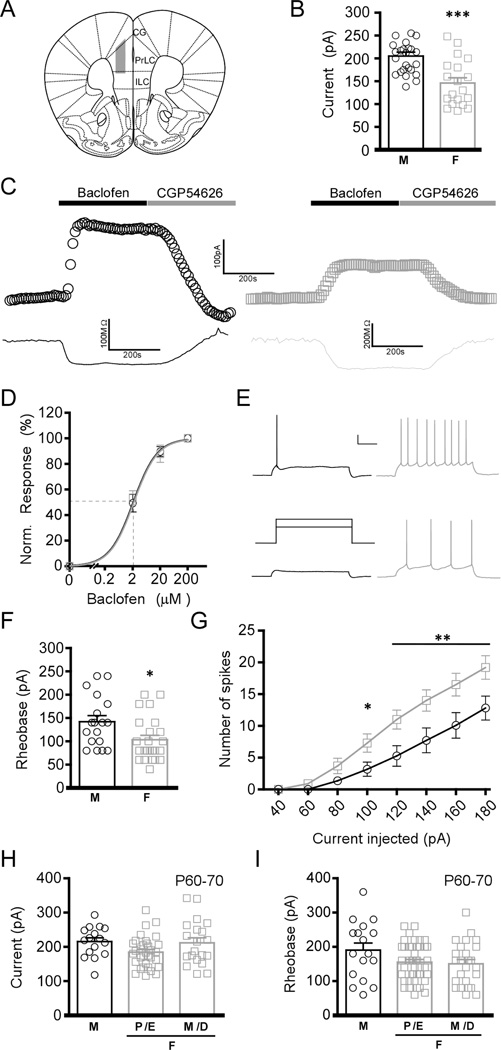Figure 1. Sex differences in GABABR-dependent signaling in layer 5/6 PrLC pyramidal neurons.
A) Schematic depiction of the region targeted for electrophysiological characterization. Abbreviations: PrLC, prelimbic cortex; IL, infralimbic cortex; CG, cingulate cortex. B) Summary of baclofen-induced currents in PrLC pyramidal neurons from adolescent male (left, black) and female (right, gray) mice (t42=4.16, P<0.001; n=19–25/sex). C) Representative baclofen-induced currents (upper traces) and concomitant decreases in input resistance (lower traces) in PrLC pyramidal neurons from adolescent male (left, black) and female (right, grey) mice. D) Baclofen dose-response (0.2–200 µM) and EC50 determination for adolescent male (black) and female (gray) PrLC pyramidal neurons (t17=1.07, P=0.3; n=9–10/sex). E) Representative rheobase traces from adolescent male (left, black) and female (right, gray) layer 5/6 PrLC pyramidal neurons. The schematic (middle) shows the current injection protocol, with steps corresponding to 100 and 140 pA. Scale bar: 20 mV, 250 ms. F) Summary of rheobase data from adolescent male (M) and female (F) mice (t40=2.48, P<0.05; n=18–24/sex). G) Current-spike plots for adolescent male (black) and female (gray) layer 5/6 PrLC pyramidal neurons (F7,167=4.7, P<0.001; n=10–11/sex). Symbols: *,** P<0.05 and 0.01, respectively. H) Summary of baclofen-induced currents in layer 5/6 PrLC pyramidal neurons from young adult (P60–70) mice. No differences were observed in neurons from young adult male (M) and female (F) mice in the different phases of the estrous cycle (F2,68=2.7, P=0.07; n=16–33/group). Abbreviations: P/E, proestrous/estrous; M/D, metestrous/diestrous. I) Rheobase in layer 5/6 PrLC pyramidal neurons from young adult mice. No differences were observed between male and female mice in the different phases of the estrous cycle (F2,84=2.4, P=0.1; n=17–43/group).

